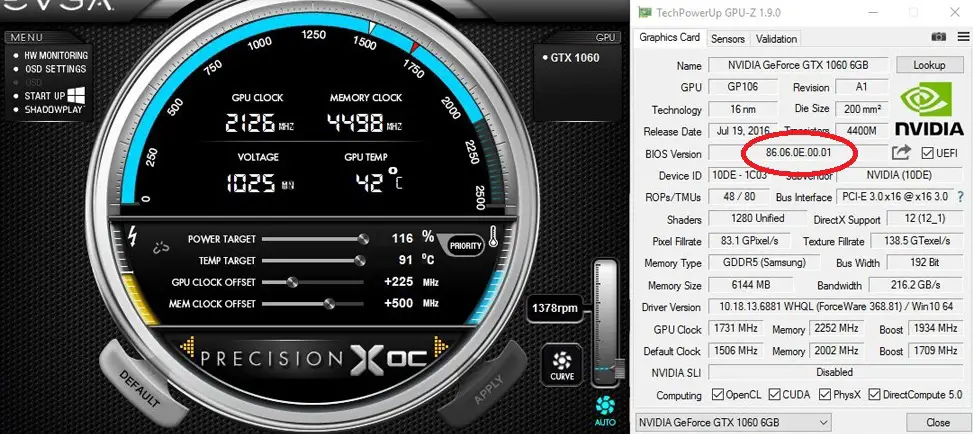
EITHER Windows or Linux, the file should take about a minute to run and then the device will reboot itself A short, step by step guide to using NVFlash in Windows. Note the space between the 2nd & 3rd characters.) 7. /nvflashgtablet.sh (without the quotes. If using Linux, open up a terminal window in the NVFlash folder, and enter the command, sh. If using Windows, run the nvflashgtablet.bat file (double click the file - which is in the NVFlash folder 6.
...
Nvflash How To Make A
Here is my how to make a bootable usb guide: " "3. Then you will need to make a bootable usb or floppy. Another thing you can do is set the idle clock and 2d clock even lower as to conserve power or you can flash your bios to change the default fan speed whether you want better temps or a quieter system.If you want to do this and are tech savvy then continue on.1.The first thing you will need to do is go through my " Tutorial on editing your bios.2.
Nvflash .Exe To Your
Now you will want to copy your newly edited bios and put it onto the usb as well. Now copy the nvflash.exe to your bootable usb6. Open it up in notepad and enter nvflash -4 -5 -6 "Name of your edited bios"*enter your edited bios's name without the quotes5.


 0 kommentar(er)
0 kommentar(er)
